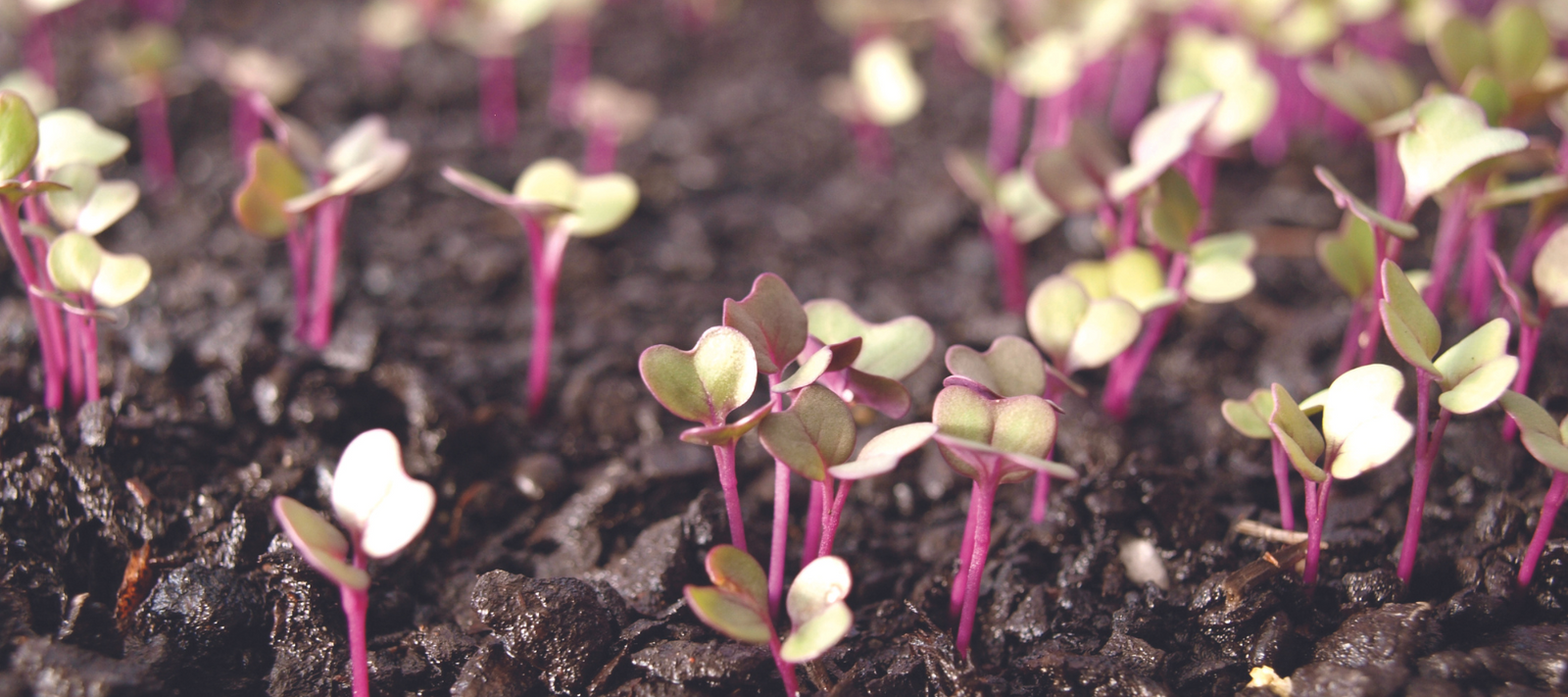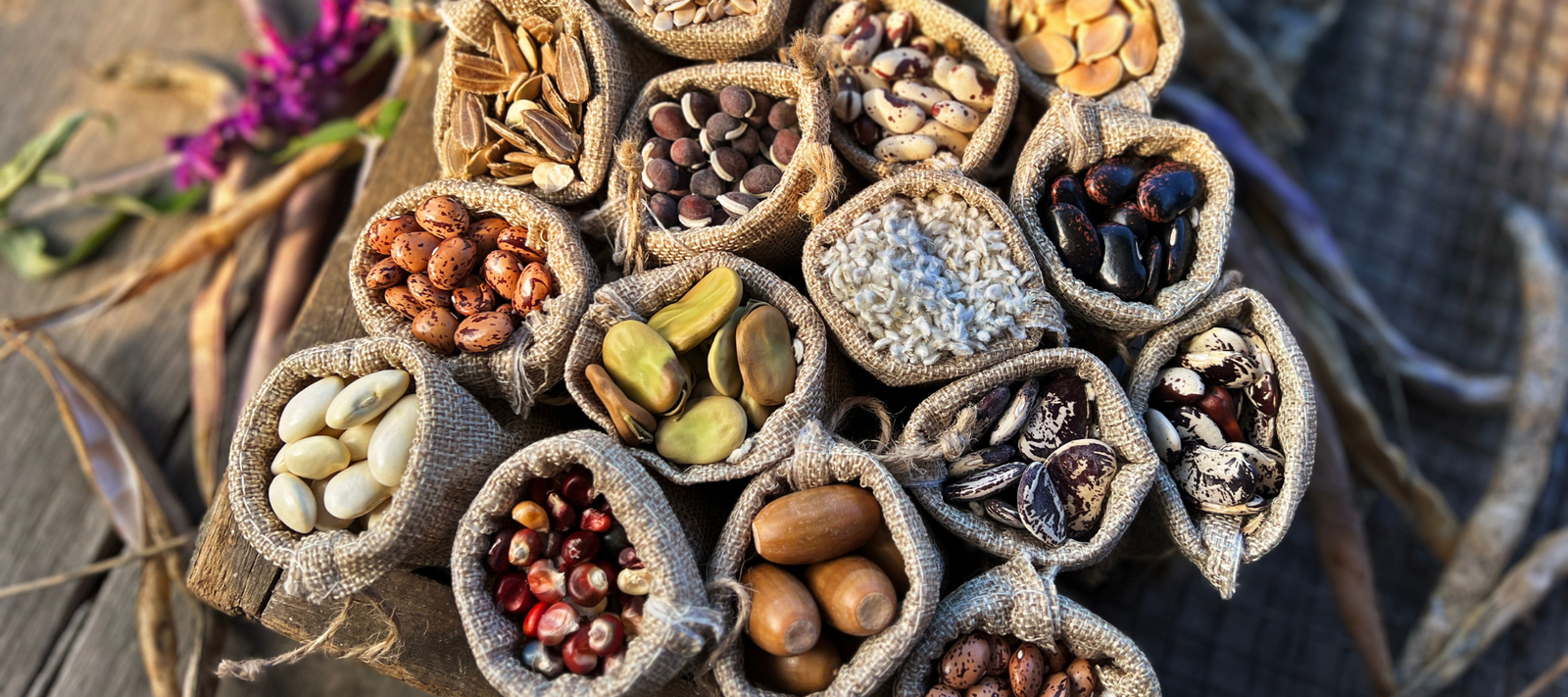
Sowing seed is incredibly rewarding but can also be challenging due to seasonal fluctuations and other variable factors.
Here are the top most common germination problems and how to fix them.
| PROBLEM | RESPONSE |
| Seeds dry out between sowing and emergence of the first ‘seed’ leaves. | It’s critical that consistently moist soil is maintained, preferably with a fine misting. or gentle spray (Diggers bottle top waterers are ideal) as strong water flow or heavy rainfall can dislodge or wash away shallow seed. |
| Pest attack | Protect your seeds from insects and critters such as slugs, possums and rabbits as they can destroy seeds as soon as they are sown. |
| Non-viable seed | Ensure seed is stored correctly (not exposed to light, extreme temperature fluctuations or moisture) and is planted prior to its use-by date. |
| Incompatible soil temperature | Particularly relevant for Tender crops that won’t germinate if soil temperature is below 15°C. Be sure to sow in the soil temperature ranges listed with each crop. |
| Sowing seed too deeply | Sow seeds no deeper than twice their width. |
| Seed burn after sowing | Use only well-rotted and fully composted soil improvers in garden beds, as fresh manure may cause seed damage. |
| Poor propagation hygiene | Ensure punnets and pots are sterilised using hot water and use fresh seed raising mix for each sowing. If direct sowing, be aware of chemical residue risk in imported soil and practice crop rotation to avoid disease build up. |




